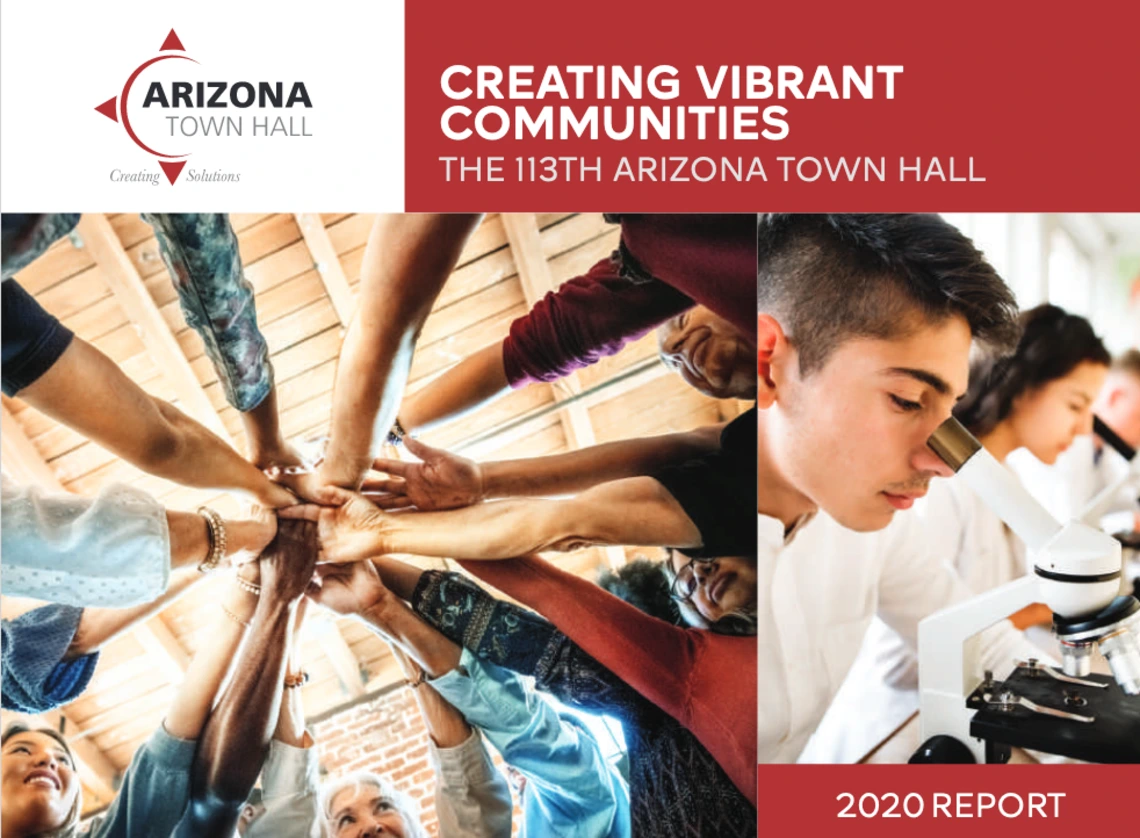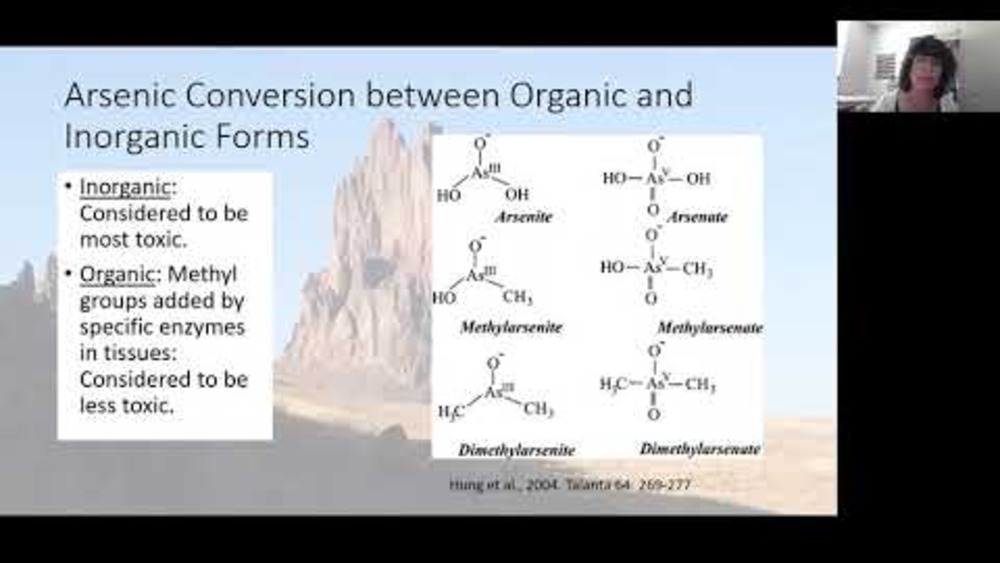Arizona’s rich history begins with its Native inhabitants. Since time immemorial, Native Peoples built their own vibrant communities in the region’s river valleys, high deserts, mountains, and forests. Western archeologists affirm this long occupancy; they document ancestral Puebloan, Sinagua, Hohokam, Mogollon, and Patayan peoples living in the southwest more than 13,000 years ago. By contrast, Arizona achieved statehood only in 1912. The impact of American Indians’ long-time presence in Arizona is both considerable and enduring. Numerous county, city, and town names derive from Indigenous words. Phoenix’s earliest irrigation canals depended on Native peoples’ engineering prowess. Many of the state’s most-beloved tourist attractions are located on Indian lands. And through economic progress achieved over the last 20 years, tribes have become major regional employers and key contributors to the well-being of many predominantly non-Native communities.
European settlement has largely had the opposite effect on Arizona’s Native communities: entire tribal populations have been relocated; Native peoples’ access to their lands, waters, and resources has been severely constrained; Native children have been removed from their tribal homes; and state and federal government policies have created systems of discrimination that have made the mere survival of American Indian people and their communities a challenge. Today, the 22 federally recognized Native nations that share a geography with Arizona are integral to the future of the state and to the vibrancy of Arizona communities – but the vitality of Arizona’s Native people also depends on state, local, and organization leaders making decisions that support and sustain tribes. While this chapter explores these issues in a standalone fashion, interconnections matter: Arizona thrives when its tribal communities thrive.
Additional Information
Figueroa, Holly, Miriam Jorgensen, and Joan Timeche. The Role of Tribes and Tribal Relations in Creating a More Vibrant Arizona.The 113th Arizona Town Hall's "Creating Vibrant Communities" (pp. 13-27). Arizona Town Hall. 2020.




